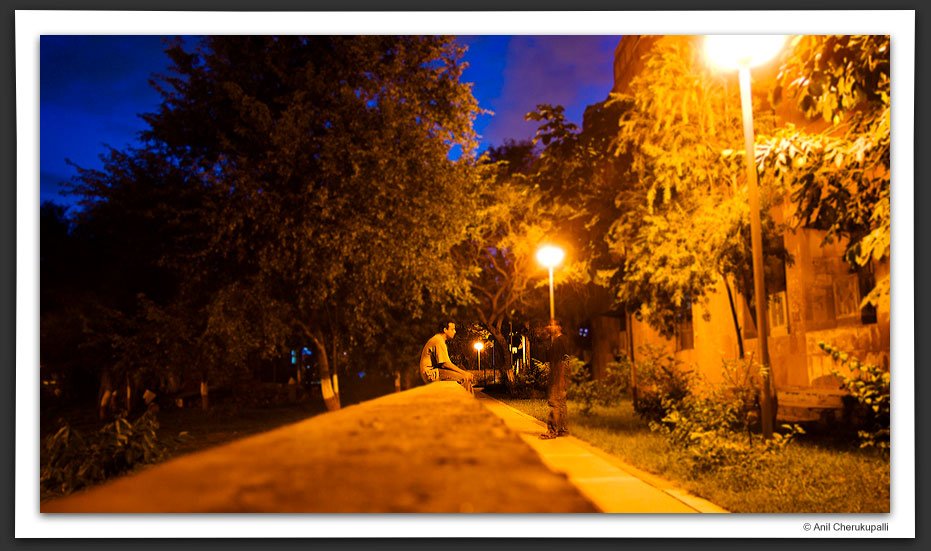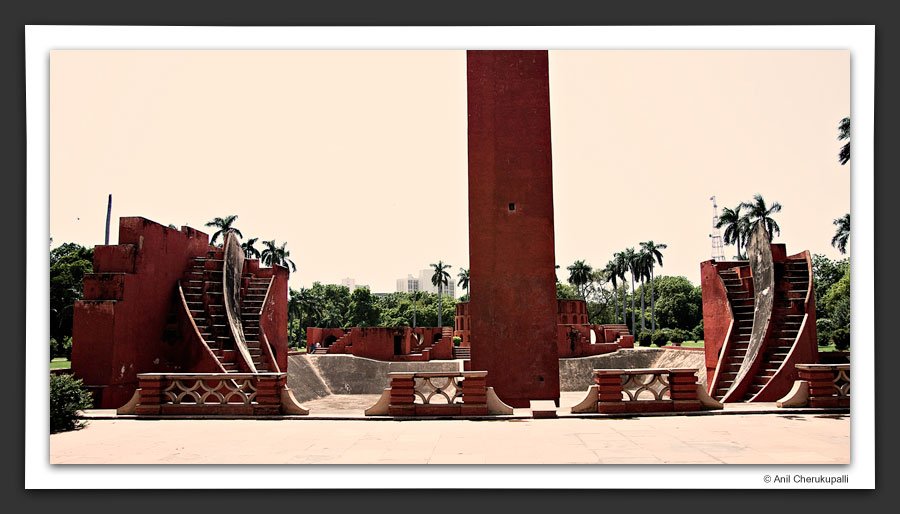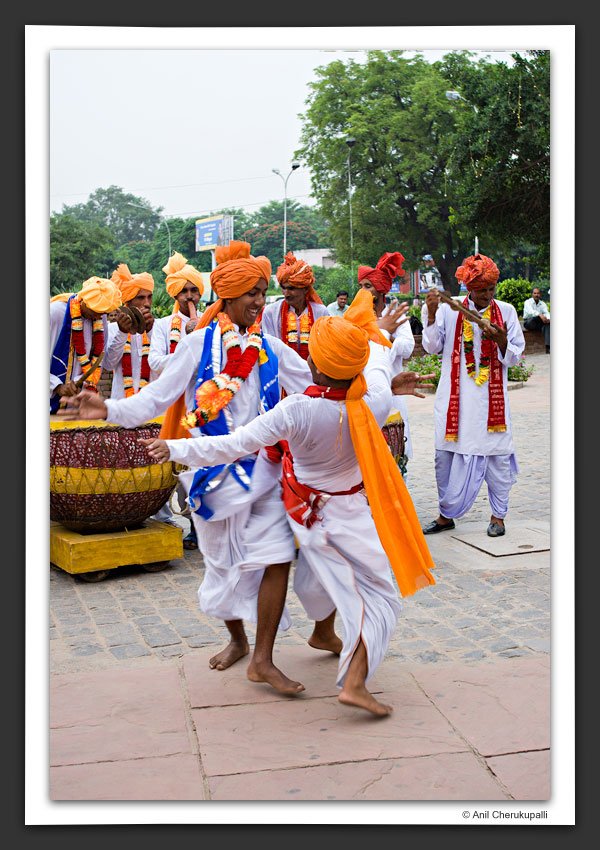From The Earth To The Moon
With the successful launch of Chandrayaan-1 ISRO has joined a select league of nations that have launched missions to the moon. While the spacecraft will take a few more days to attain lunar orbit the successful launch is in itself a great first step for ISRO in space exploration.
Inevitably, amidst the euphoria, there have been voices of dissent. There are some who argue that India cannot afford to waste precious money on what they see as a grandiloquent gesture to catch up with China’s far more advanced space program. They also argue that enough is known about the moon and this mission will not advance our scientific knowledge about our nearest neighbor enough to justify the mission.
Let us look at the ‘price tag’ first. Before the USA embarked on their Apollo missions they launched a series of lunar probes to do lunar imaging and impact studies. Total expense: a neat $1 billion. Japan’s Kayuga moon mission cost a whopping $480m! Even China’s lunar probe cost them a cool $180m. Compare these sums to what the cost is for India’s moon mission: $76m! An unmanned moon mission at that price can easily be termed dirt cheap. In terms of expenditure, the Indian mission is obviously the cheapest of all known global moon missions 1 2.
Coming to the scientific ‘worth’, Chandrayaan-1 is no slouch in this regard as well. The main mission objectives are to create a 3-D atlas of the Moon, study its chemical and mineral composition, look for Helium-3 (a potential future energy source) and search for the presence of water-ice. Towards fulfilling these objectives the moon craft carries a total of 11 scientific instruments of which 5 are Indian, 2 American (NASA), 3 European (ESA) and one Bulgarian (BAS).
Using these instruments ISRO will undertake a high resolution remote sensing of the moon in visible, near infrared, low-energy and high-energy X-ray spectra. This will help create a high resolution 3-dimensional map of the near and far side regions of the moon. In addition, questions about the origins of the moon (whether it was created by a collision with earth of another heavenly body or was an alien body captured by earth’s gravity) might be answered through this mission. On top of this a chemical and mineralogical mapping of the moon’s surface will reveal the distribution of various elements (such as Titanium, Magnesium, Aluminum for example) on the lunar surface and help in determining the nature of the lunar crust. These data will lead to greater understanding of the moon’s evolutionary origin, mineral composition (for potential energy sources) as well as potential sites for a human moon base if water-ice is found on the moon 3 4.
After reading all this you might wonder how does this benefit the common man? How will these questions help anyone apart from satisfying the curiosity of a few scientists? These are valid questions especially from an Indian point of view where $76m might be used for schemes that benefit the common man more directly. But as I’ve argued in a post before when ISRO began taking tentative steps in starting a modest space program in the early 80s many termed it as a waste of valuable money. Now, the many satellites developed and launched by ISRO over the years have helped an average Indian in many ways, from early cyclone warning to something as mundane as satellite TV. With ISRO also becoming a small but important player in the lucrative global satellite launch business and high quality remote sensing it is earning valuable foreign exchange for the country.
When you look at the history of science it can be observed that the potential benefits from basic science research were not always immediately apparent. Bacteria were initially considered curious but useless creatures, flying a heavier than air object was considered a fool’s fancy while DNA was thought to be scaffold for the more important proteins. It is only when the fundamentals of basic science were properly understood and tested out did they result in applications that later helped humanity.
ISRO’s moon mission while not having immediate benefits for the common man might lead to many such ancillary benefits. Even now, the building of the Deep Space Network (necessary for monitoring the moon missions) is generating local employment. There will be an increased demand for science graduates to work for future missions. ISRO plans to launch another mission to the moon in the near future, Chandrayaan-2, which intends to land a rover on the moon to collect and test lunar samples. And ultimately, experience from these missions will benefit future planned missions such the project to put an Indian in space in the next decade as well as send a probe to Mars.
It is a pity that the enthusiasm there was for space exploration in the 60s has diminished over time. From looking out towards the universe and wanting to explore different worlds we have turned insular and limited ourselves to this planet. I hope the recent revival in interest for space exploration, in which Chandrayaan is playing its part, will spark a new space era with humans finally establishing a bridge head on the moon to serve as a base for an eventual manned mission to Mars.






